Size Chart

Length unit:
Sizes may vary up to 1
HPSL: High Point Shoulder Length
BW: Bust Width (width of shirt measured 1" below armhole)
Couldn't load pickup availability
Of all the volcanoes on Mars, one towers above the rest: the shield volcano Olympus Mons.
At 374 miles in diameter and 16 miles in height, with a 4-mile-high scarp and a 50-mile-wide caldera, Olympus Mons is not only the largest known volcano on the red planet but is also the largest known volcano in our entire solar system.
Olympus Mons is located in the Tharsis Montes region of Mars, the planet’s largest volcanic area. The region stretches almost 2,500 miles across and includes 12 large volcanoes—volcanoes that are 10 to 100 times the size of any found on Earth. Mauna Loa is the largest volcano on Earth; at 75 miles in diameter and 6.3 miles in height, its volume is 100 times smaller than the volume of Olympus Mons.
Multiple factors contribute to the discrepancy in size between volcanoes on Earth and volcanoes on Mars. First, lower gravity and more frequent eruptions on Mars result in longer-lasting lava flows. Another aspect is the difference in crustal movement. On Earth, crustal plates shift above static hot spots. This movement spreads the lava among multiple volcanoes, volcanoes that come into existence or become extinct based on the movement of the plates. This phenomenon does not occur on Mars since the Martian crust is unmoving. Therefore, hot spots can produce extremely large volcanoes on Mars, the greatest of which is Olympus Mons.
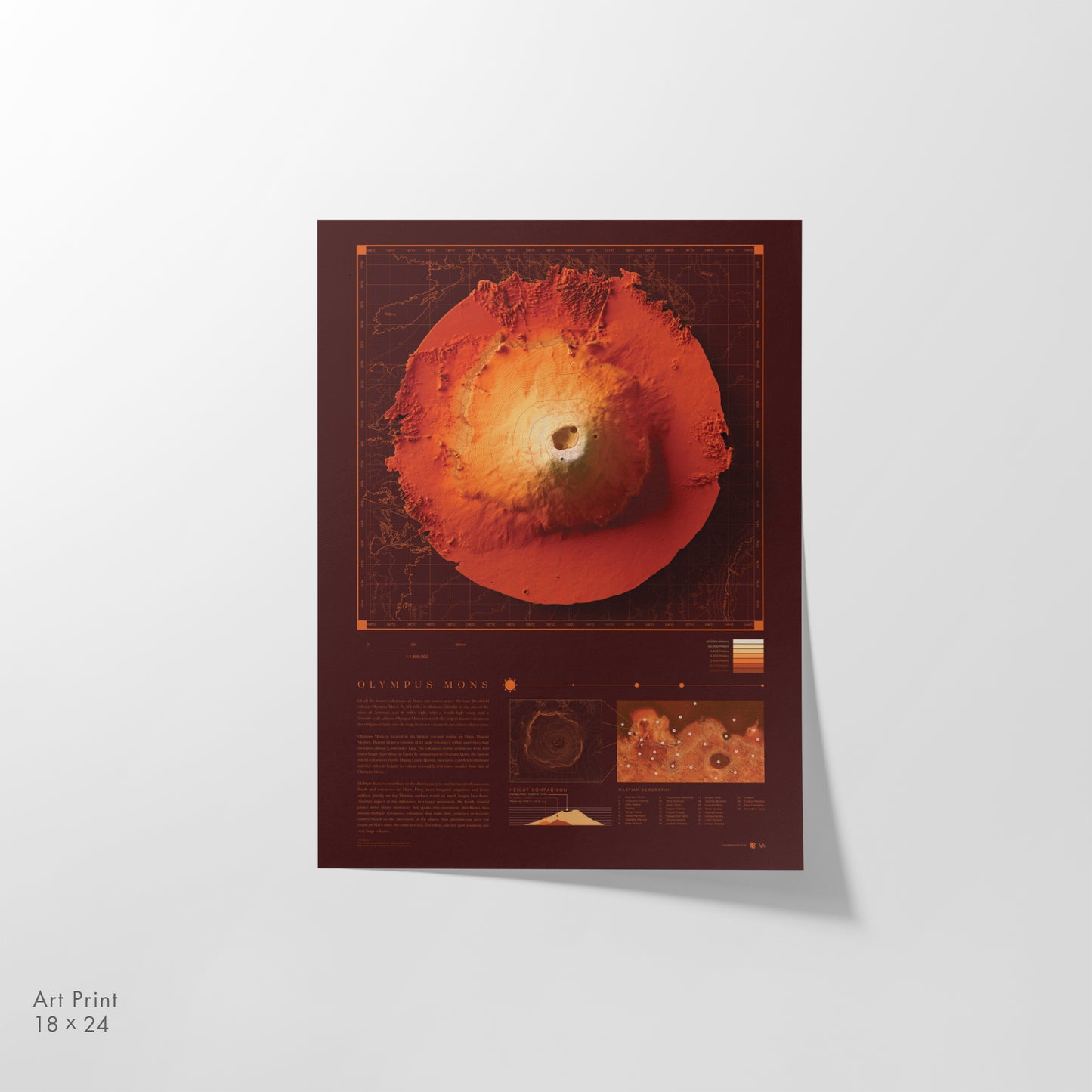
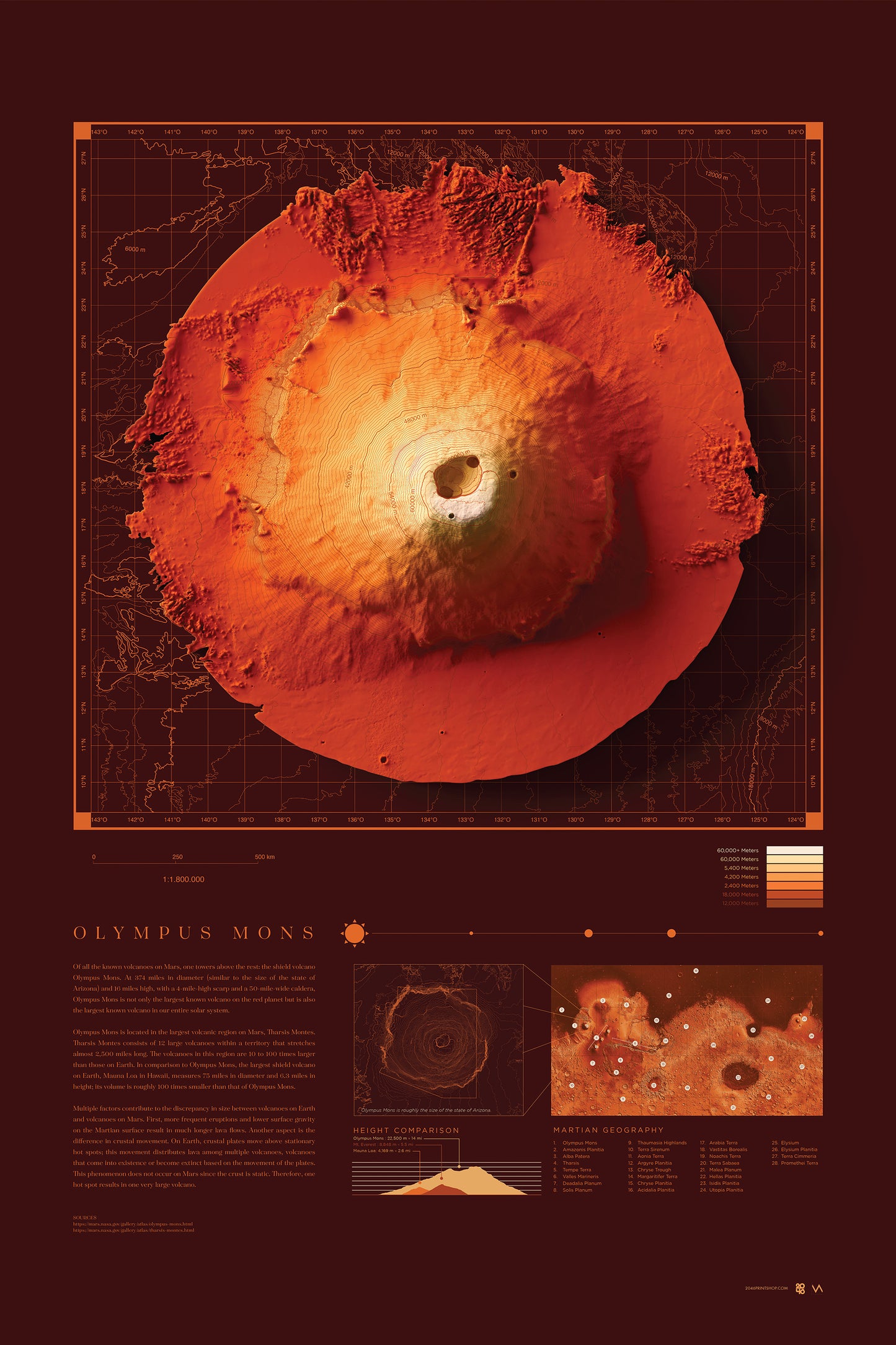
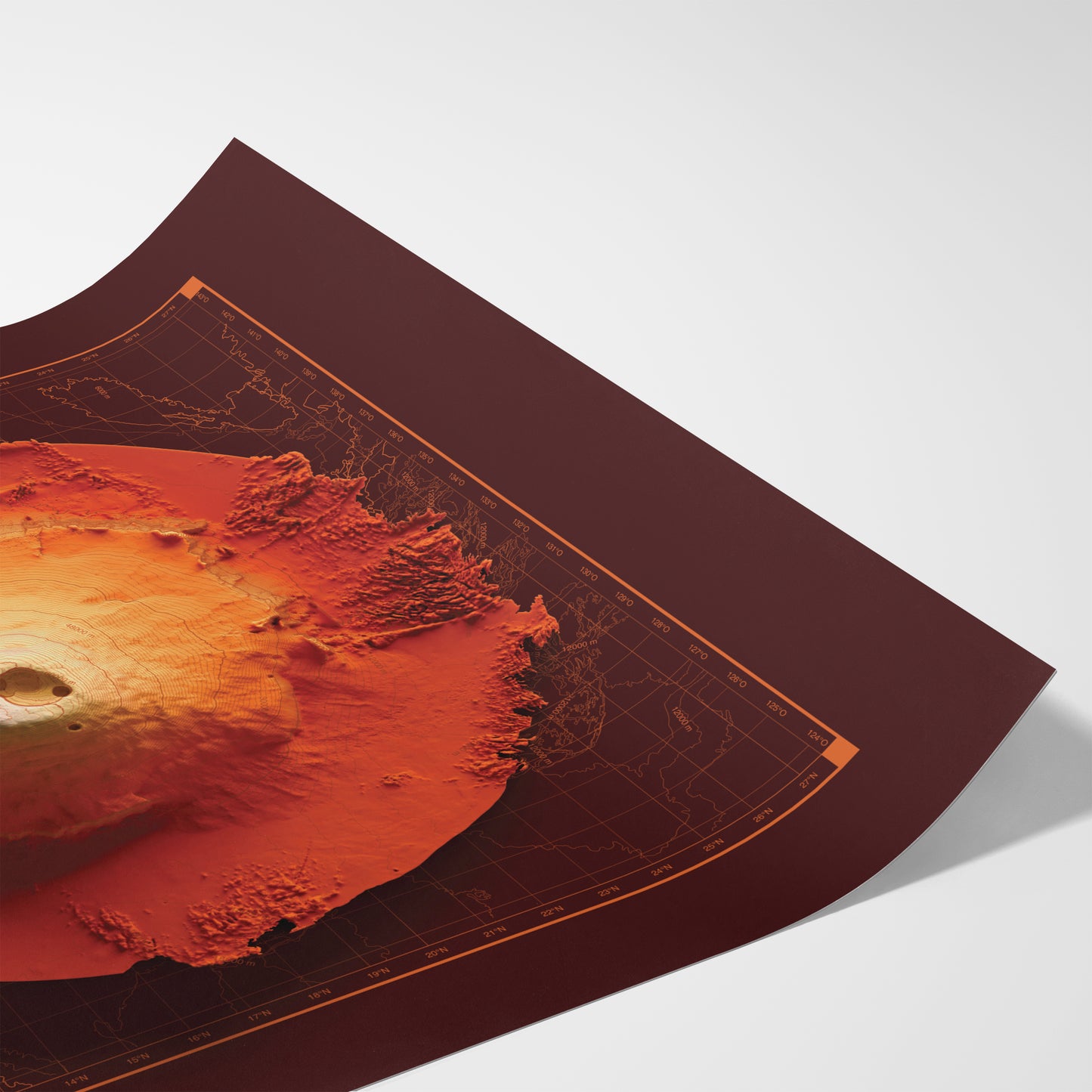

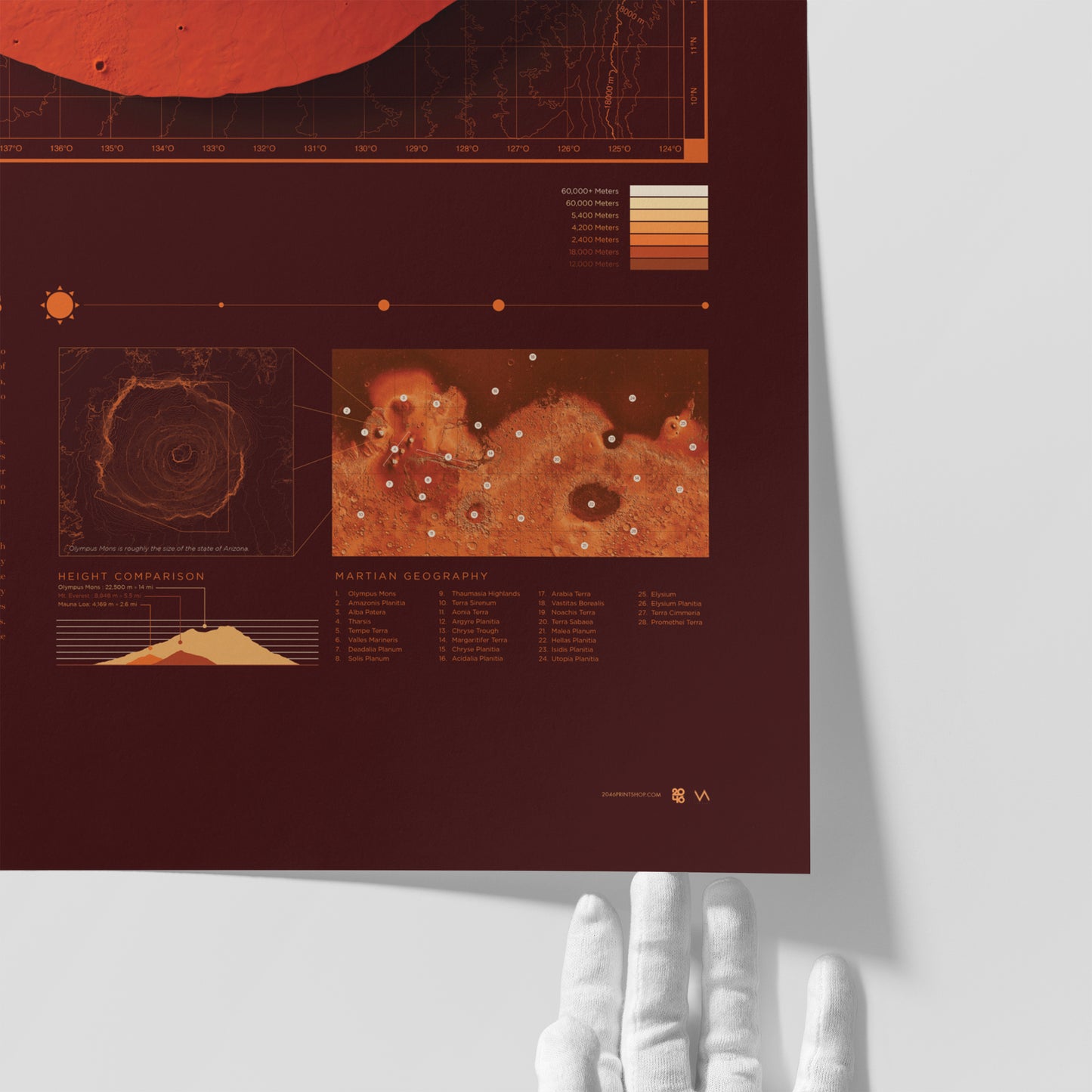
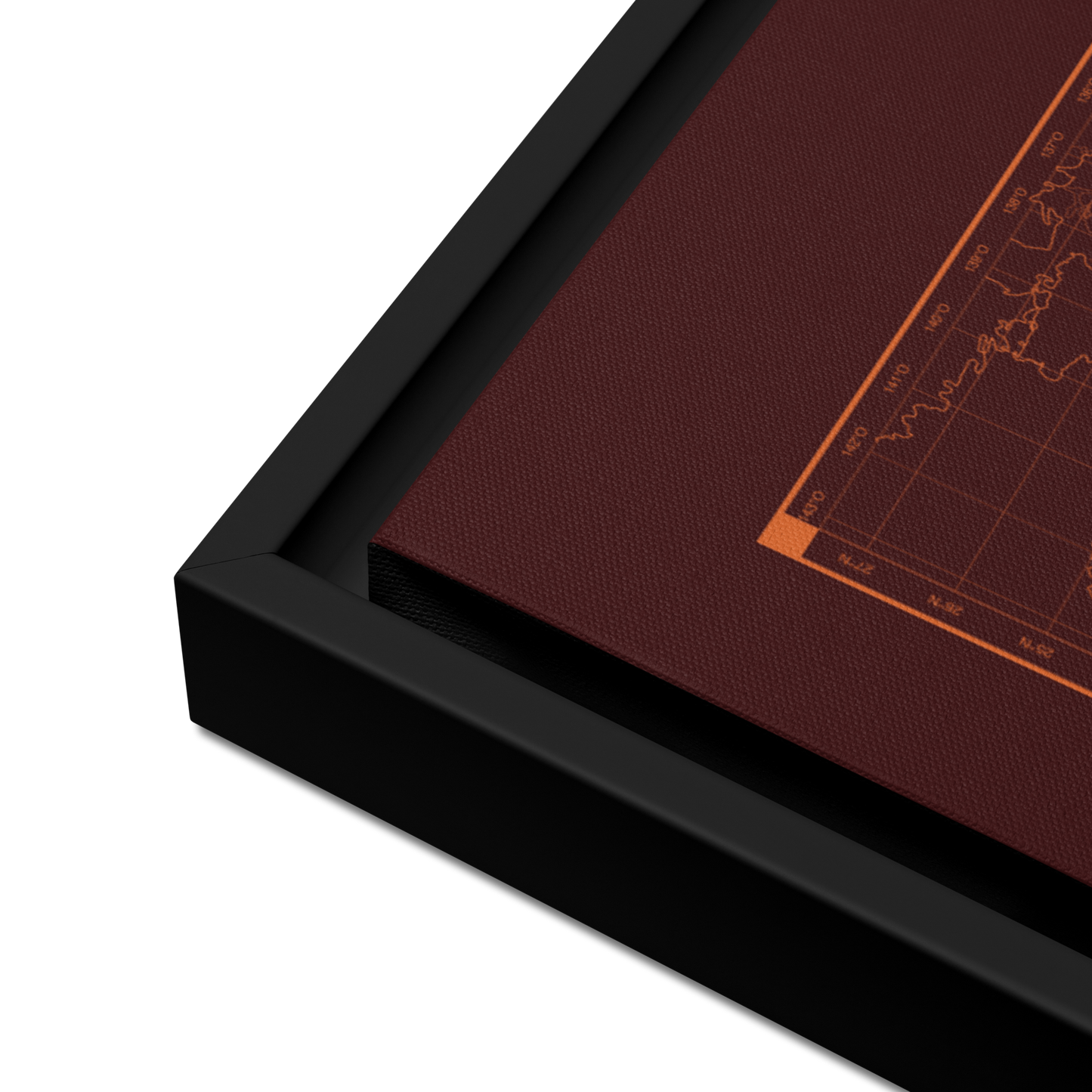
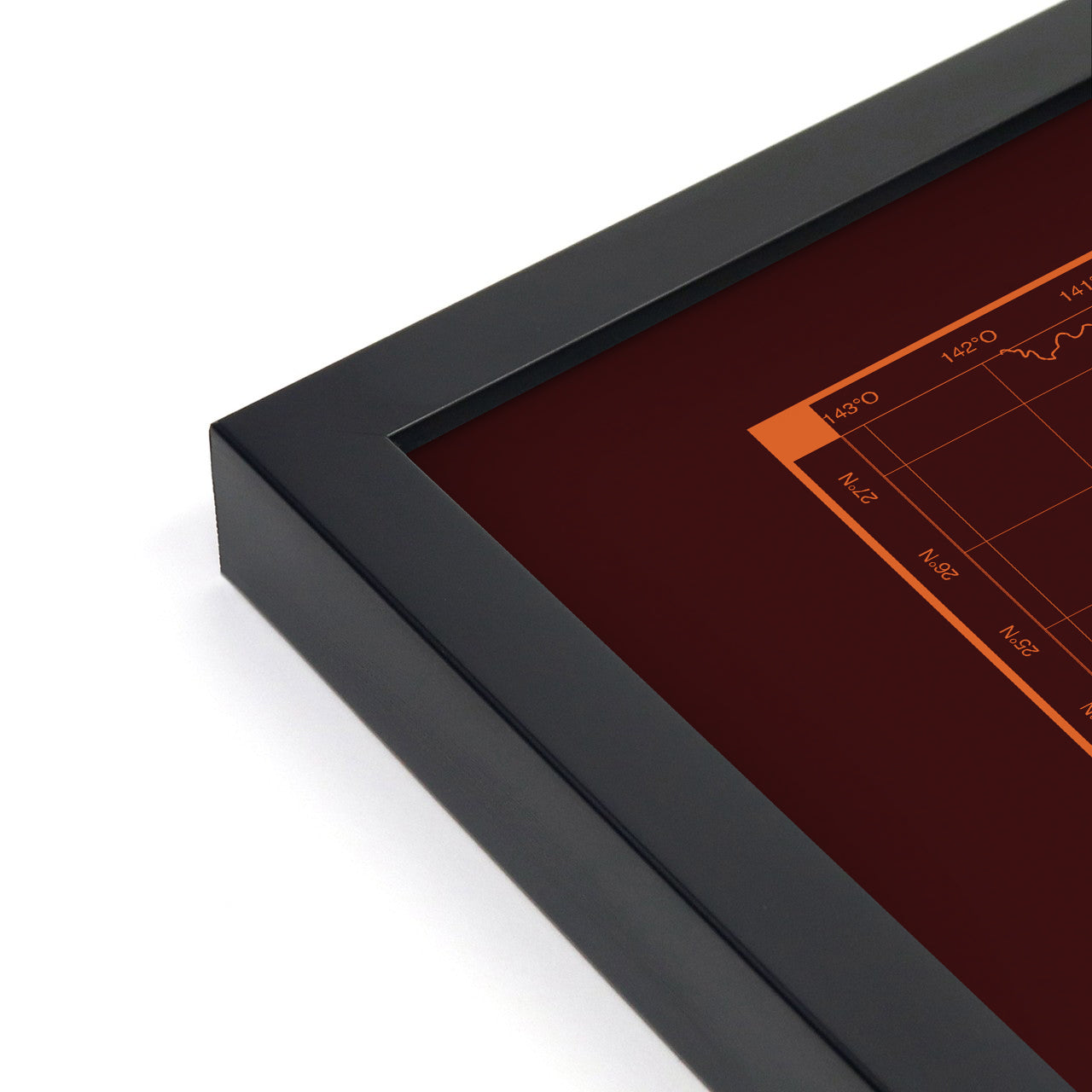

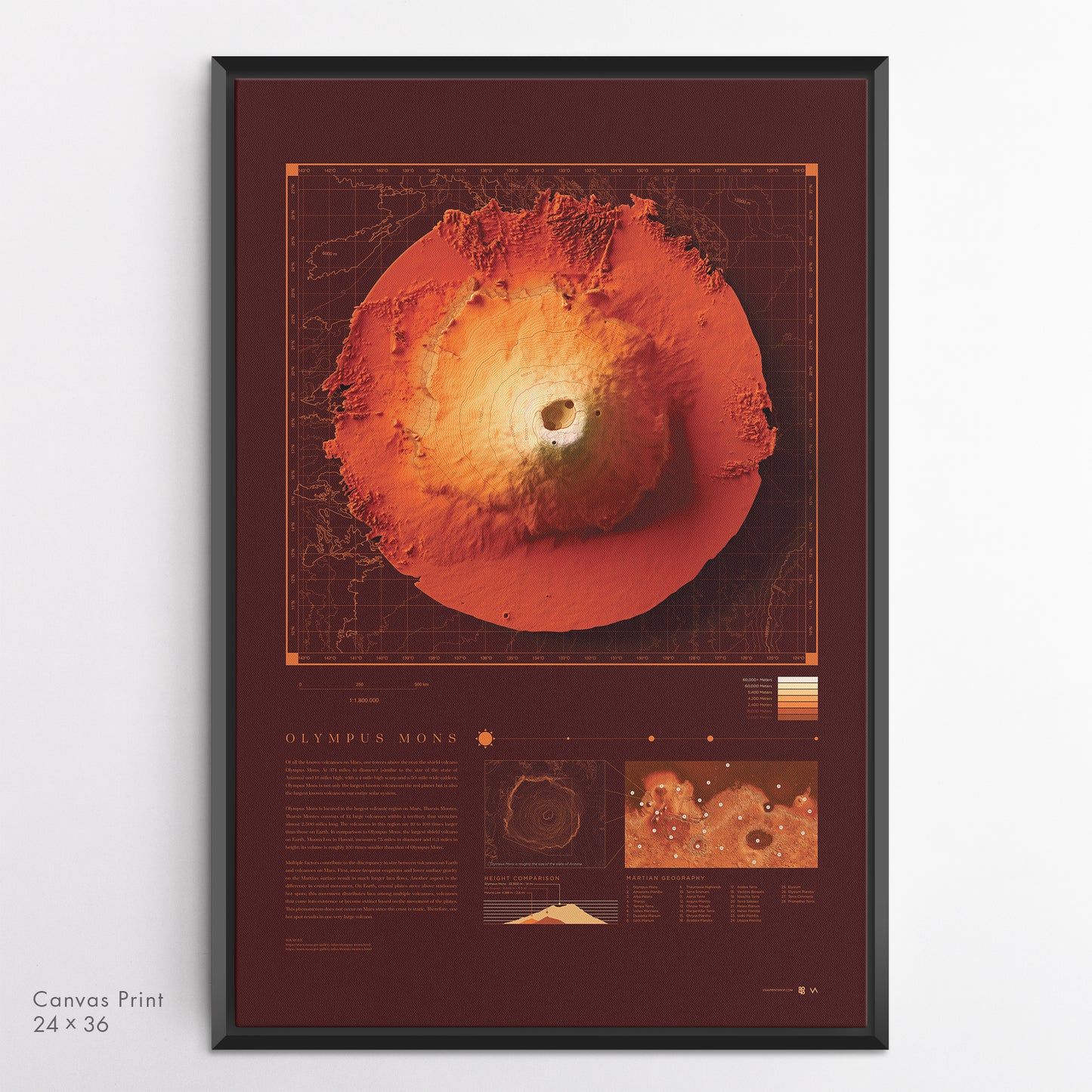
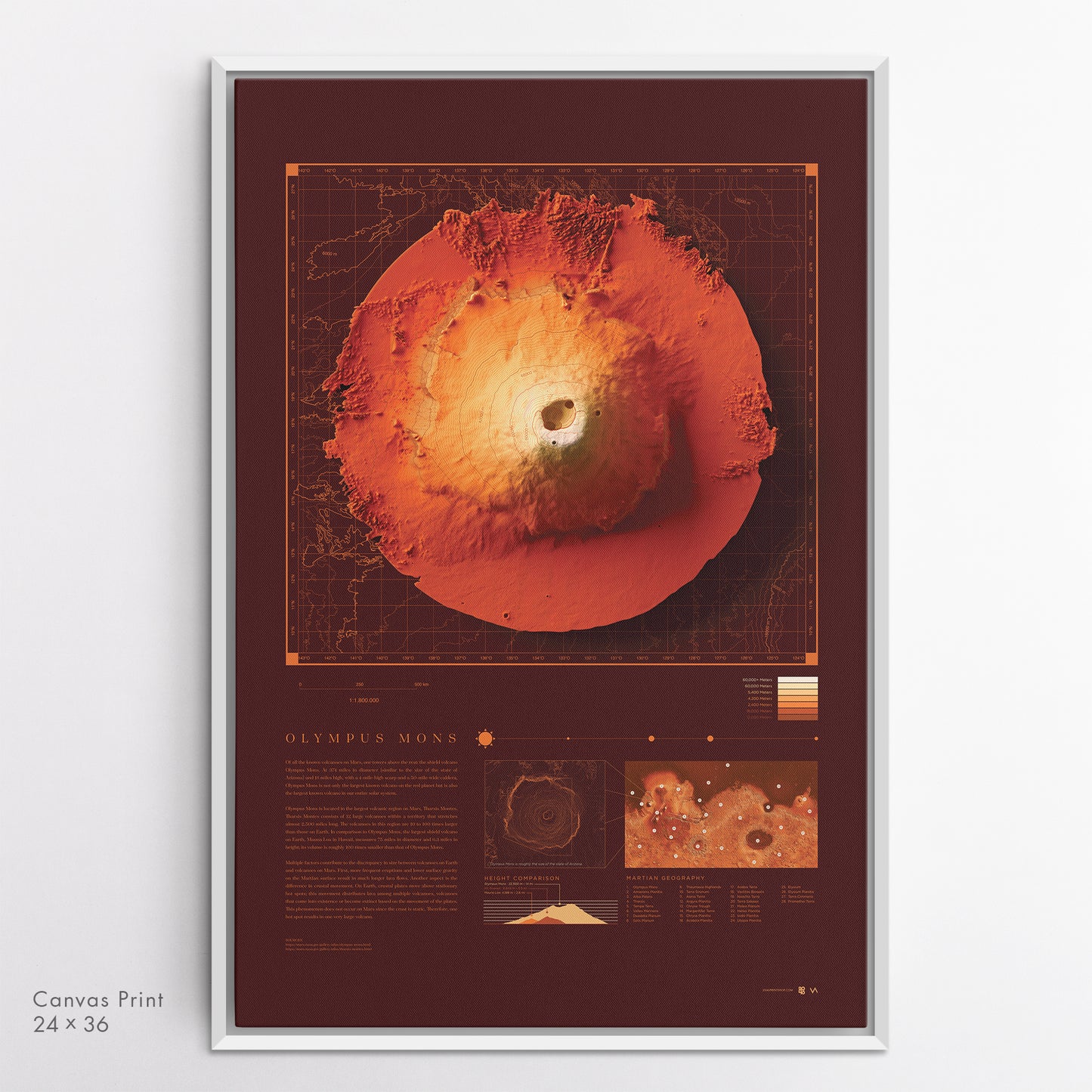

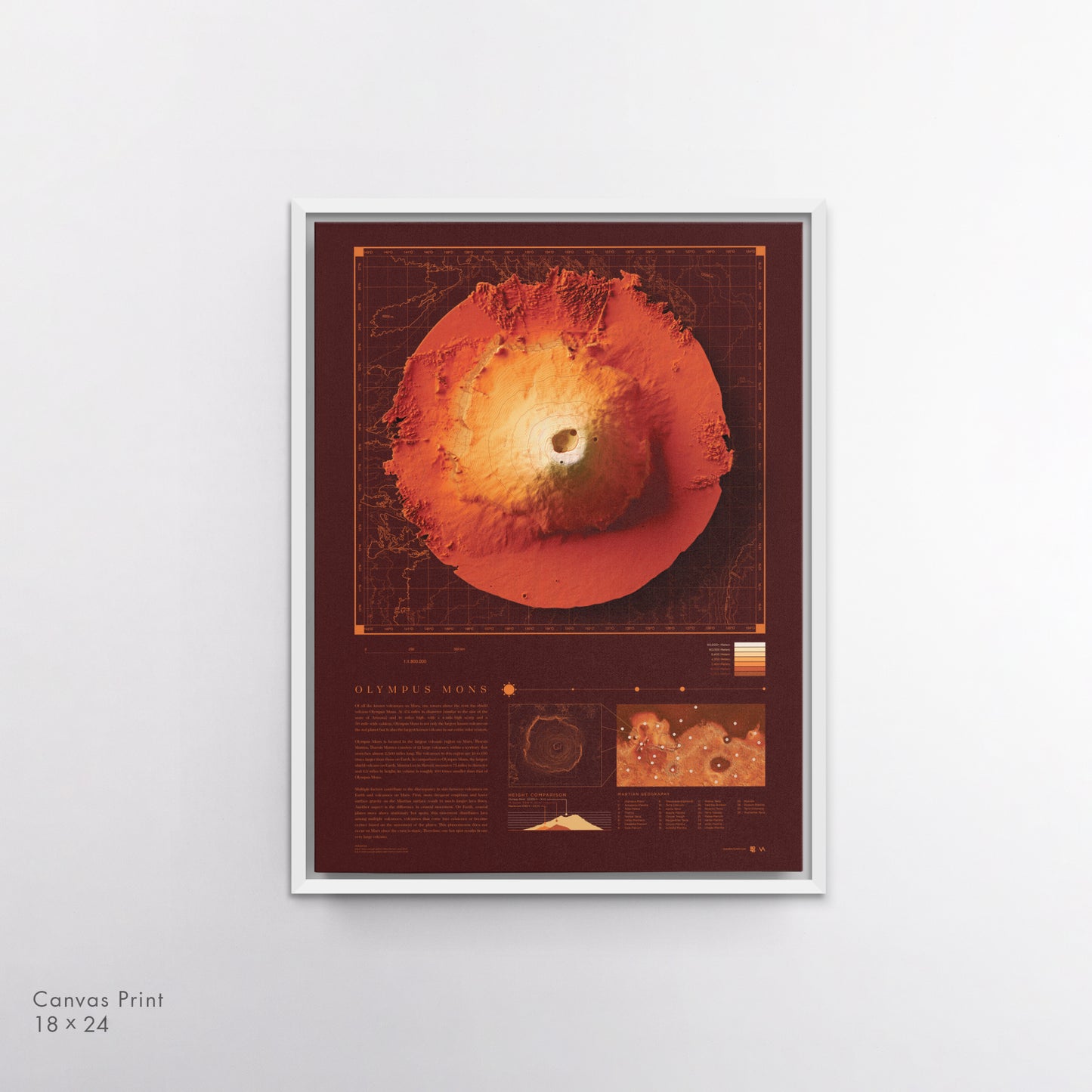
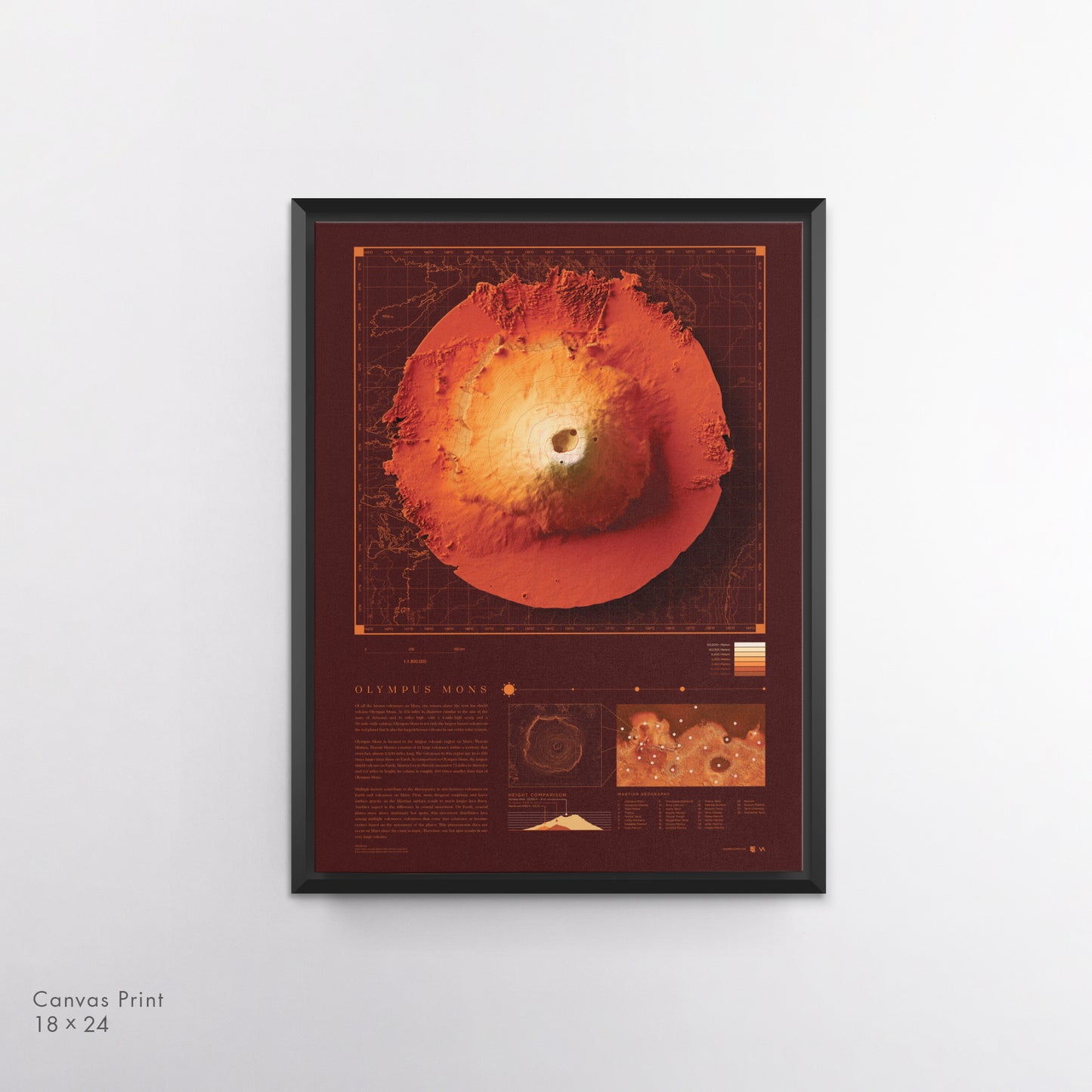


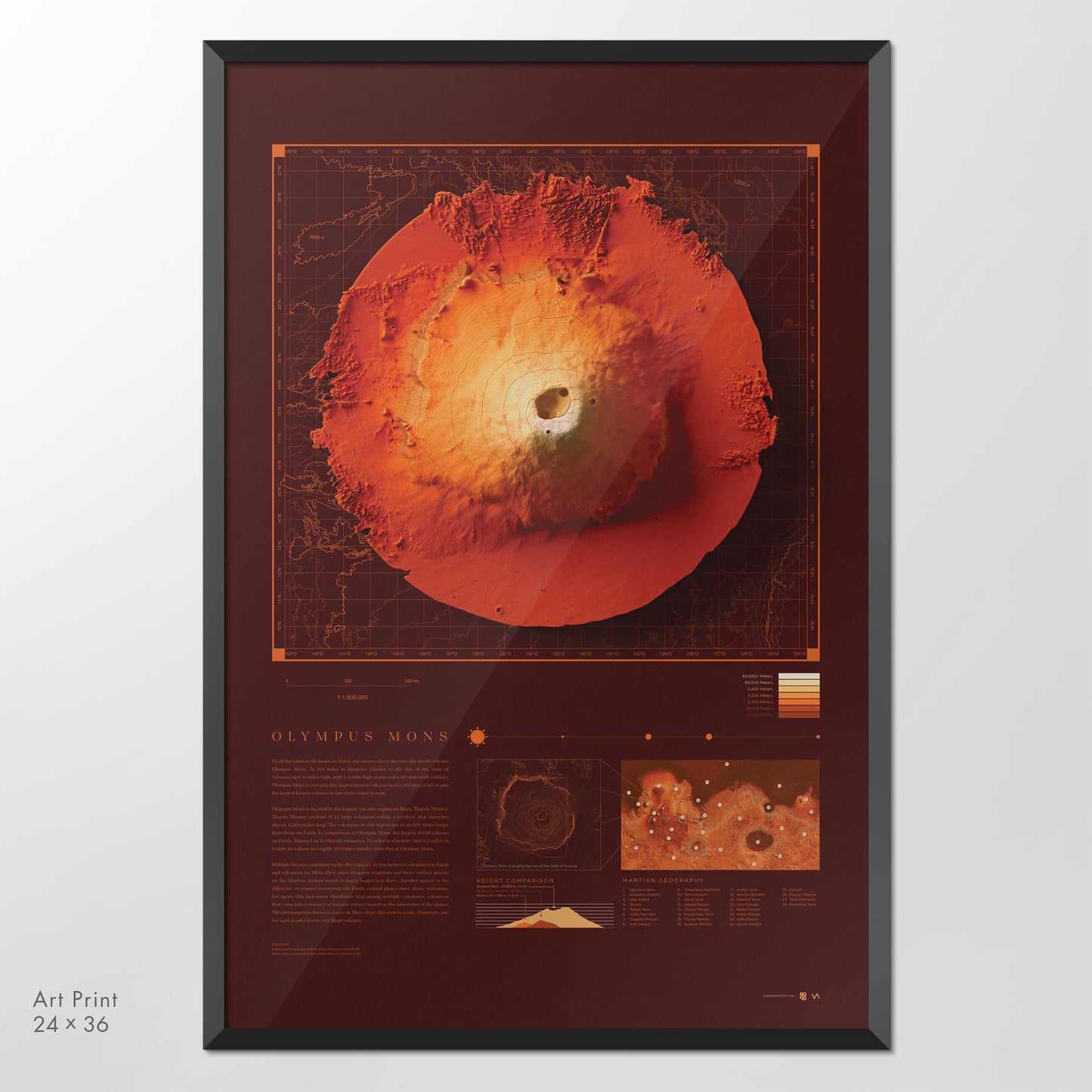
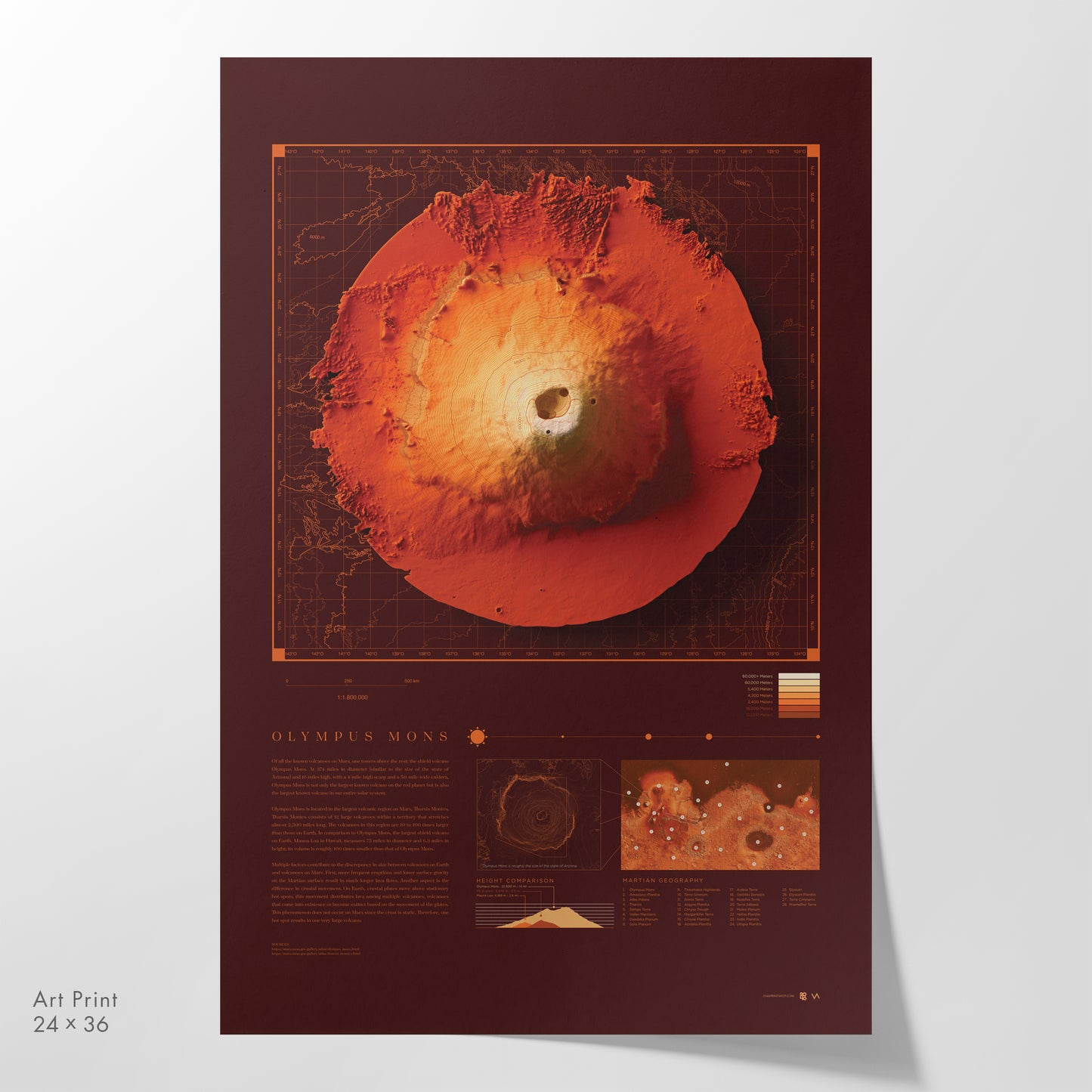
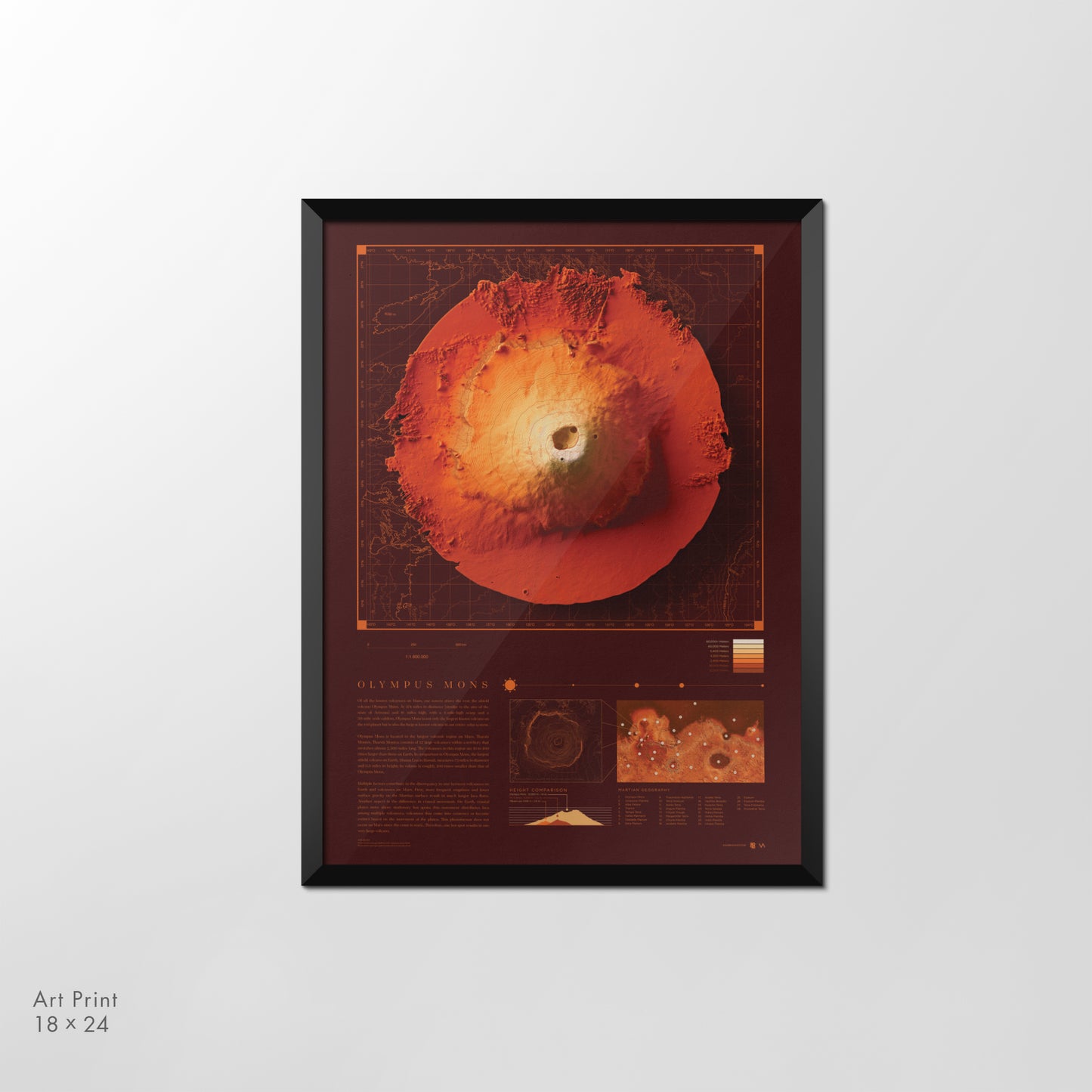
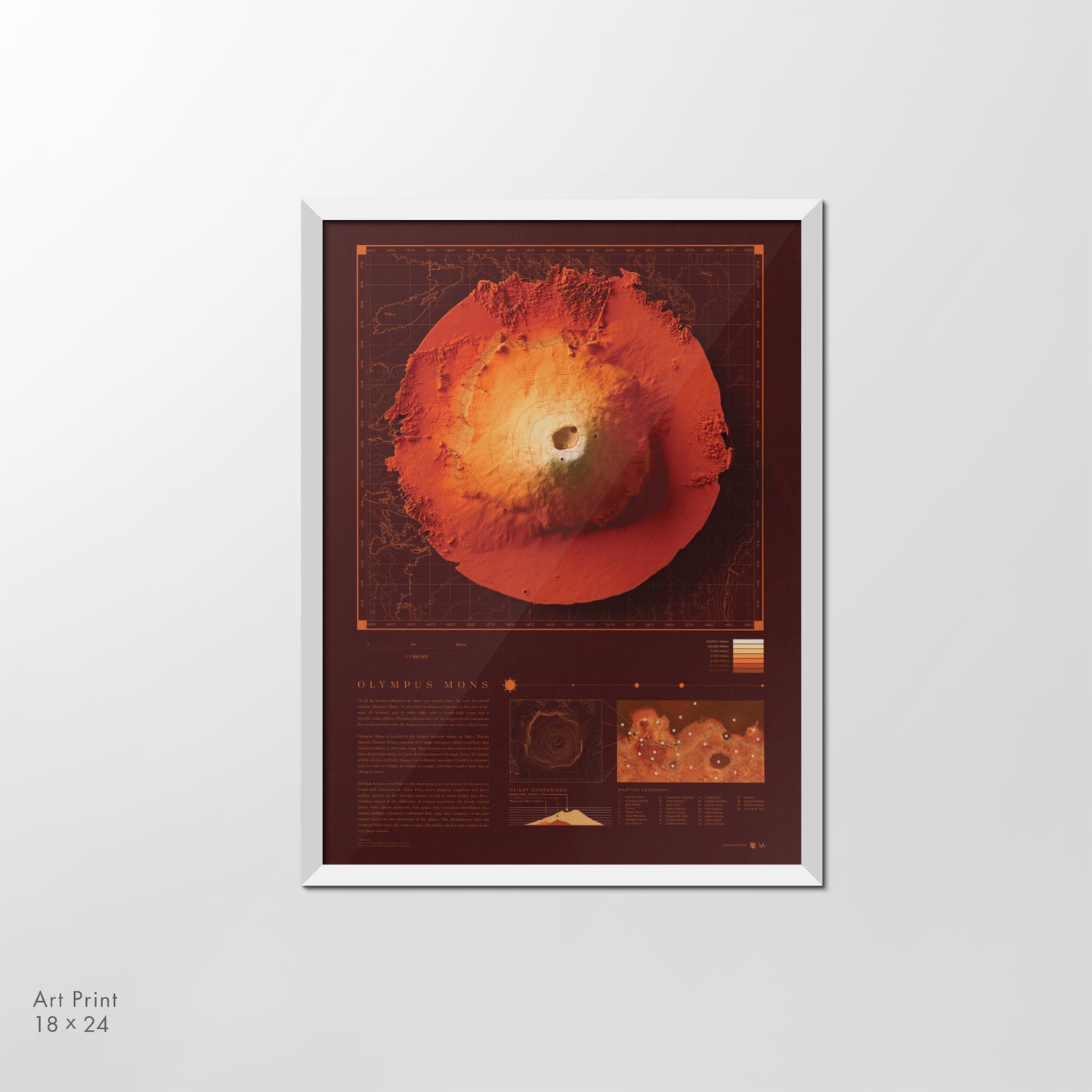

Join us in making sure that everyone (friends, colleagues, family, and perfect strangers) is working to build public support and political will for the big solutions needed to address climate justice.
Pin Save the Climate donates 50% of profits to climate justice organizations.